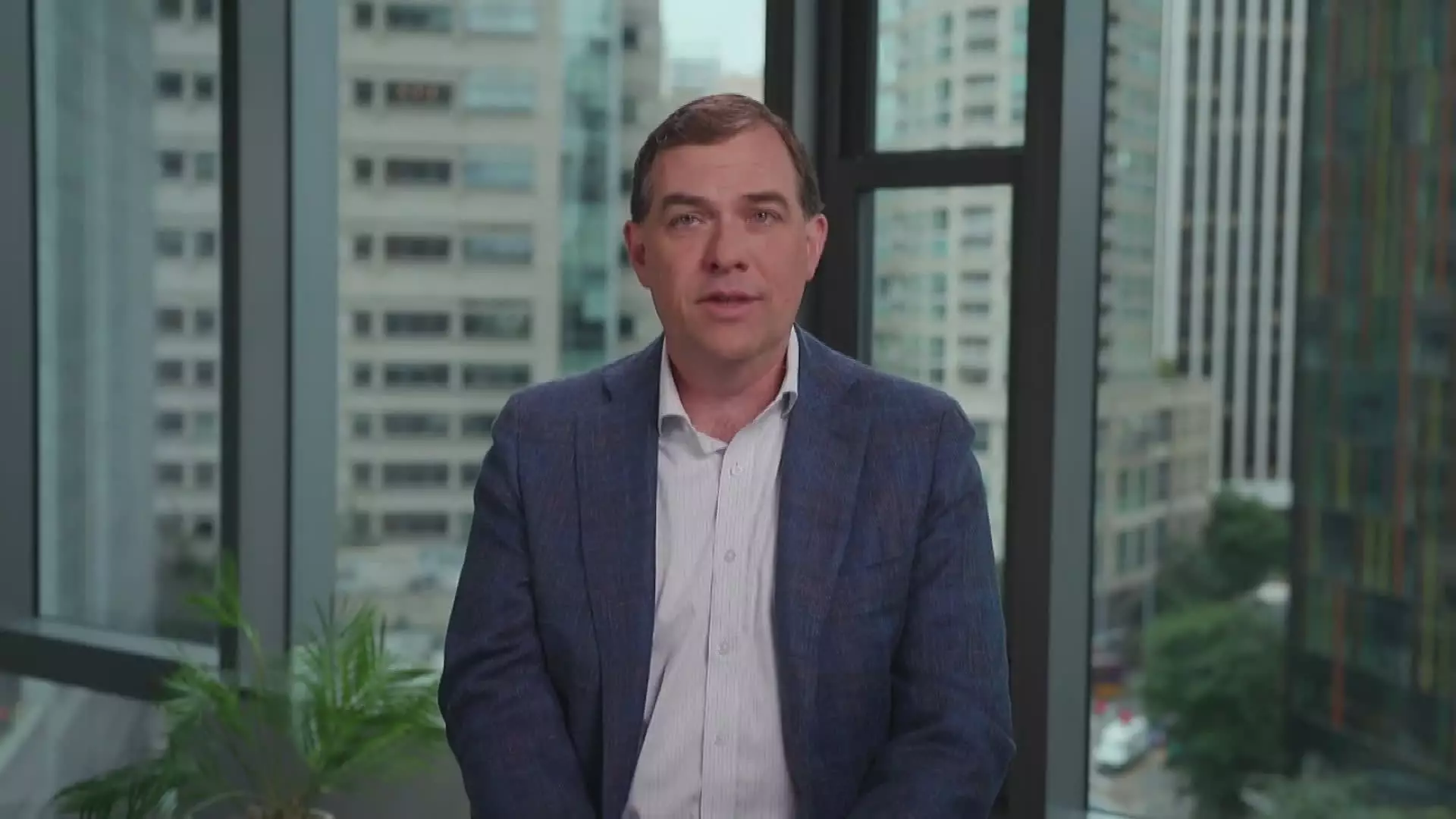In a significant development within the corporate landscape, Amazon Web Services (AWS) made headlines when CEO Matt Garman articulated the company’s new five-day in-office work policy. Garman’s comments during an internal meeting in Arlington, Virginia, sent ripples of concern throughout the employee base, as he conveyed a stark ultimatum: those who do not align with the new mandate can seek employment elsewhere. This stance highlights a growing trend among corporations as they navigate the complexities of hybrid work models emerging from the COVID-19 pandemic.
The decision to impose a stringent return-to-office policy marks a departure from Amazon’s previous requirement of a minimum of three in-office days per week. With the deadline for compliance set to Jan. 2, employees have had to rapidly adjust to what some perceive as an antiquated approach to workplace flexibility. This announcement comes at a time when other tech giants are still exploring various work arrangements, raising questions about Amazon’s strategic vision compared to competitors like Microsoft and Google.
An essential theme in Garman’s remarks centered around collaboration, which he advocates as vital to Amazon’s innovation and culture. According to company representatives, in-person interaction fosters a synergy that remote work cannot replicate. However, this claim is met with skepticism by a significant segment of the workforce, many of whom argue that their productivity levels remain high under hybrid or fully remote setups.
Garman’s insistence on face-to-face collaboration aligns with traditional workplace paradigms that emphasize direct communication and teamwork. Yet, numerous studies point to the effectiveness of remote work in promoting concentration and task fulfillment. The dichotomy between the company’s vision and employees’ lived experiences raises critical discussions about worker autonomy and trust in a modern workplace.
An internal backlash has emerged in response to the new directive, with approximately 37,000 Amazon employees joining a Slack channel aimed at advocating for remote work options. This number reflects a significant portion of the workforce who value the flexibility that remote work affords, especially for families and caregivers managing multiple responsibilities. The friction between Garman’s vision and employee sentiments underscores a broader debate within corporate culture regarding work-life balance and employee well-being.
The argument for remote work is underscored by stories from workers who have successfully navigated their roles from home, proving that productivity is not solely tethered to a physical office. With the growing costs of commuting and concerns over work-life balance, the push for a more accommodating remote work policy remains strong among many Amazon employees.
As the AWS head emphasized the need to preserve Amazon’s leadership principles, notably the tenet of “disagree and commit,” he pointed out the challenges of fostering this principle through remote communication tools. Garman’s reflections on the difficulties in having productive debates over video calls highlight a significant avenue for improvement in workplace culture.
However, the reliance on workplace presence to uphold these values raises questions about whether traditional metrics of engagement and productivity are still relevant. In a rapidly changing world, marked by remote work experimentation and reassessment of corporate cultures, Amazon finds itself at a crossroads. Garman’s willingness to adapt policies in response to feedback signifies a potential openness to revised approaches that might better suit the diverse workforce needs.
Amazon’s reinstatement of a five-day office mandate clearly illustrates the ongoing cultural shifts within the corporate world as companies strive to balance innovation with employee preferences. While Garman may perceive in-person work as crucial for collaboration, employees’ passionate responses reflect a more nuanced set of expectations that prioritize flexibility and support.
As Amazon forges ahead in its mission to create a cohesive working environment, it must navigate the growing criticisms and demands of its workforce carefully. Maintaining a culture that values both collaboration and worker autonomy could be the key to not only retaining talent but also to thriving in a competitive landscape where the expectations and needs of employees are evolving rapidly.


Leave a Reply